Introduction: A Haunting Discovery
In the summer of 1836, a group of boys hunting rabbits on Arthur’s Seat, the hill overlooking Edinburgh, Scotland, made a chilling discovery. Hidden in a small cave and sealed with slate slabs, they uncovered 17 miniature coffins, each measuring just 3.7 inches in length. Inside the coffins were wooden figures, carefully carved with wide-open eyes and dressed in simple cotton garments. This discovery has captivated historians and sparked theories about their origin and purpose, yet the mystery remains unsolved.

The Coffins: A Detailed Description
The coffins were arranged in three tiers: two rows of eight and one incomplete row with a single coffin. Each coffin contained a small wooden figure, hauntingly lifelike with wide eyes and basic clothing. The craftsmanship was meticulous, suggesting the coffins were created with purpose, and their careful burial hints at a deeper significance.

Theories Surrounding the Coffins
A Memorial to Burke and Hare’s Victims
One widely discussed theory connects the coffins to the infamous 19th-century murderers William Burke and William Hare. Between 1828 and 1829, Burke and Hare murdered at least 16 people, selling their bodies for dissection. Some suggest the coffins represent the victims of their crimes, with the 17th coffin symbolizing Burke himself, who was executed for his role in the killings. This theory posits that the coffins were a form of memorial for the victims, who were denied proper burials.
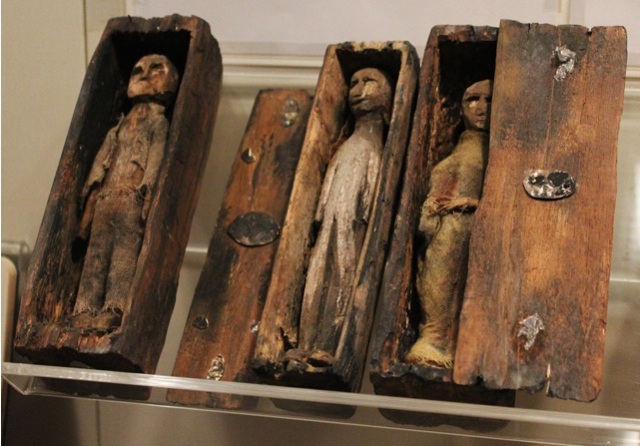
Pagan Rituals or Witchcraft
Another possibility is that the coffins were created for pagan rituals or witchcraft. Scotland has a long history of folklore and superstition, and small effigies were often used in ancient rituals. The deliberate burial of these coffins could indicate an offering to spiritual forces or a way to appease or protect against them.

Maritime Memorials
Some researchers speculate that the coffins could be related to maritime traditions. Sailors and their families often made small memorials for lost loved ones at sea. The figures in the coffins, dressed in simple garments, could represent deceased sailors or serve as protective charms for others.
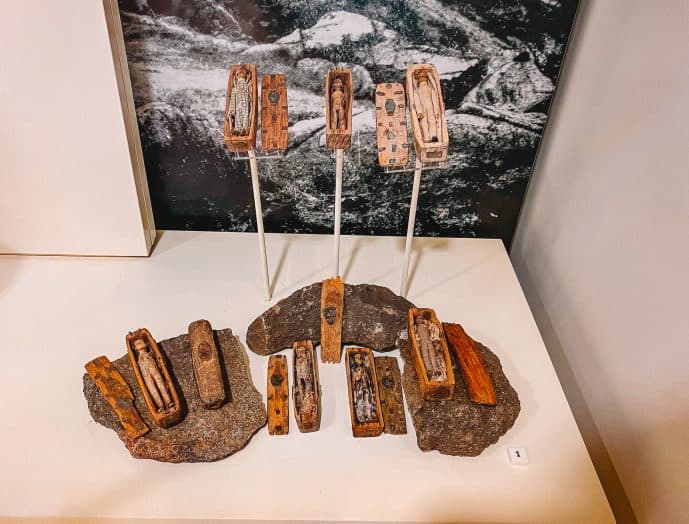
Political or Religious Symbolism
Given the political and religious unrest in early 19th-century Edinburgh, the coffins may symbolize martyrs or dissidents persecuted for their beliefs. This theory ties the coffins to the turbulent social climate of the time, where symbolic objects were sometimes created to represent resistance or suffering.
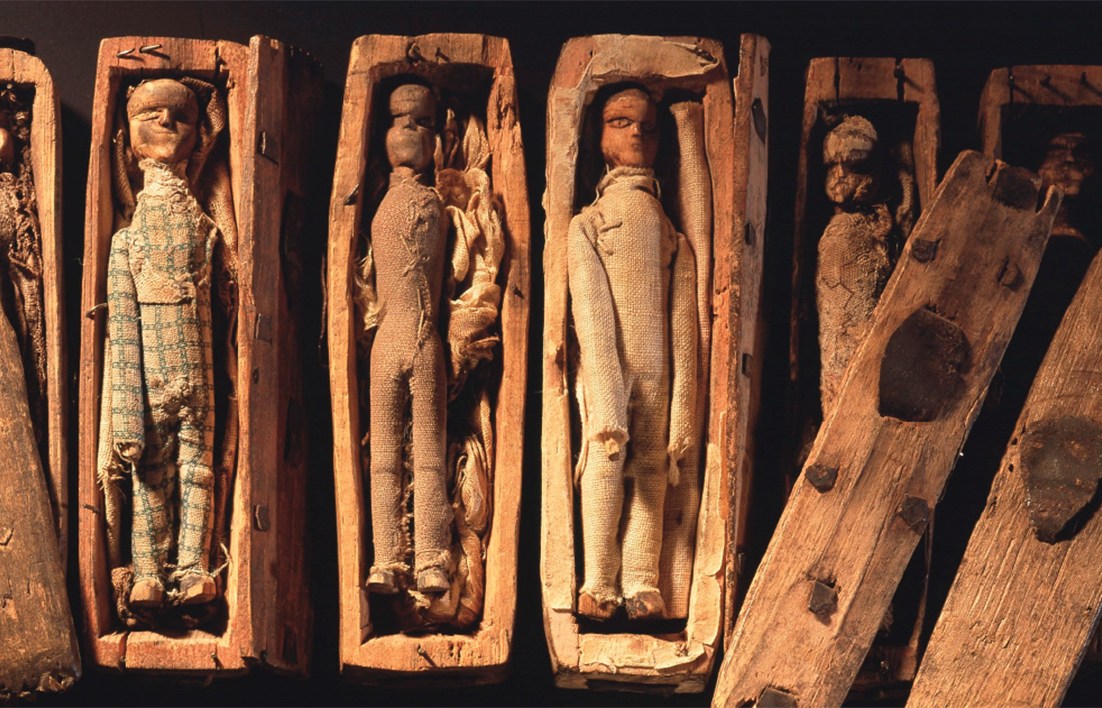
Modern Research and Insights
In 1901, eight of the coffins were donated to the National Museum of Scotland. While recent studies suggest the figures were made from repurposed toys and the coffins likely date to the early 19th century, their precise purpose remains unclear. Forensic research has provided some insights into their construction, but the true reason for their burial continues to elude historians.
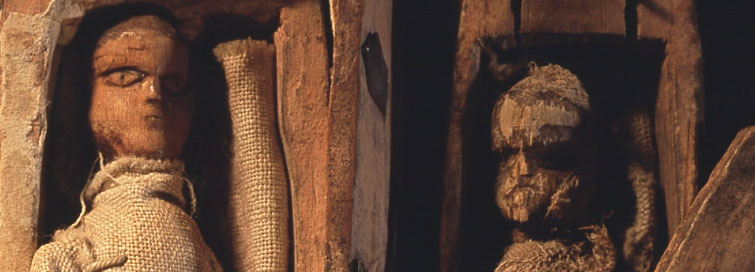
A Glimpse into 19th-Century Beliefs
The miniature coffins offer a unique look into early 19th-century Scottish beliefs. Whether created as a tribute to victims, a ritual offering, or a political statement, the coffins reflect a society deeply influenced by symbolism and superstition. The careful craftsmanship and deliberate burial suggest the coffins held a significant, personal, or communal meaning, likely tied to loss, protection, or remembrance.
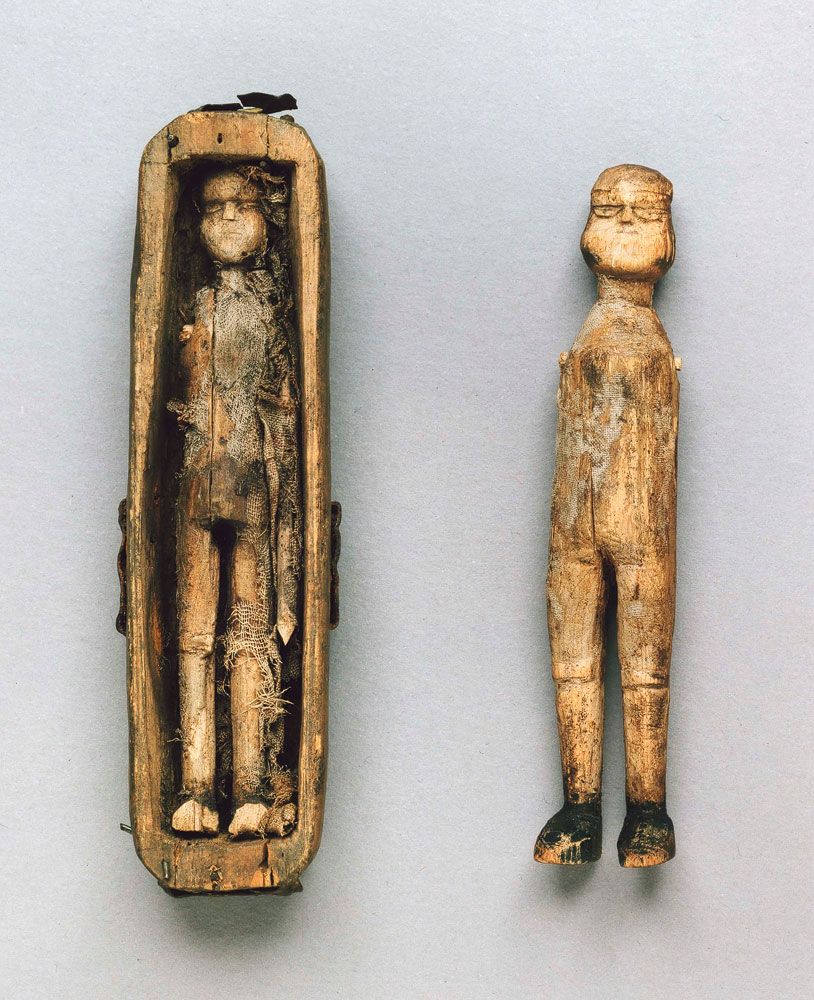
Conclusion: An Enduring Mystery
The 17 miniature coffins found on Arthur’s Seat remain one of Scotland’s most compelling archaeological mysteries. While theories abound, from memorializing the victims of Burke and Hare to serving as relics of pagan rituals, the true purpose of the coffins may never be fully known. They continue to captivate our imagination, offering a glimpse into a world of complex beliefs and practices, preserved beneath the surface of Edinburgh’s historic landscape.

